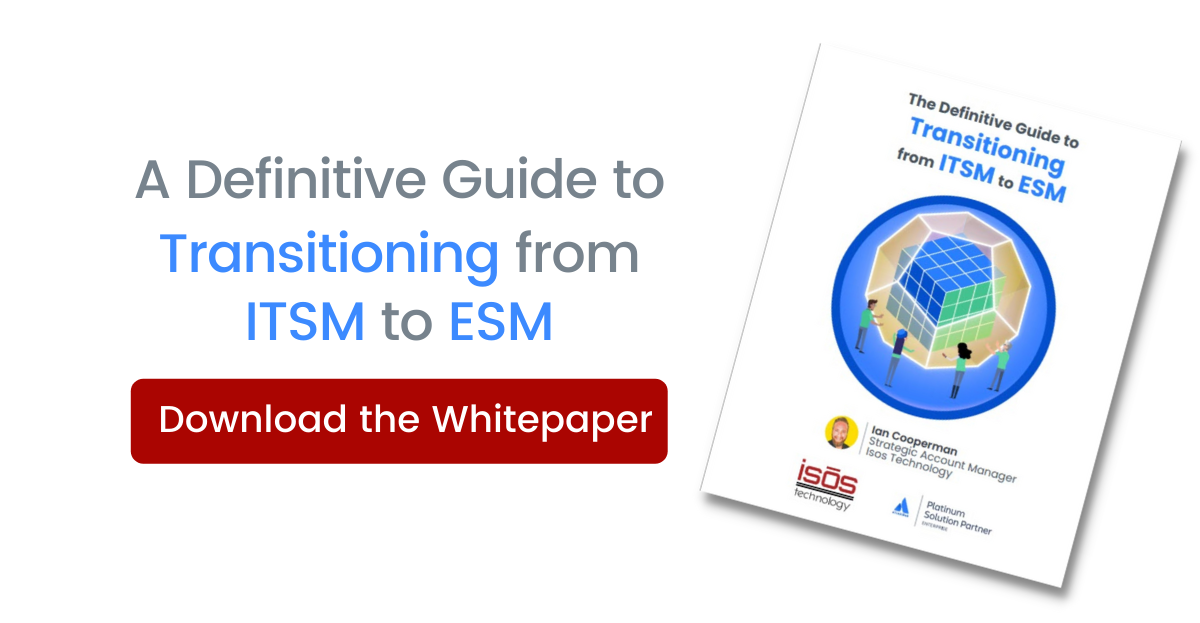
One of the greatest advantages of Atlassian tools like Jira Software is their flexibility. Organizations choose them because they can be configured in an infinite number of ways, so rather than having to conform to the tools, the tools can be configured to support a company or team’s unique processes. However, as those same companies mature, and use of the tools expands to include teams of teams, a paradox often arises: if there has not been consistent oversight of the tools, the same flexibility that first attracted the company to Atlassian can become the source of functional issues.
In this blog post, I will explore what governance is, why you need it, and what the risks to your system are if you don’t have it.
Atlassian Tool Governance – What It Is and Why You Need It
The term governance can conjure up images of people who don’t work in the Atlassian tools regularly driving top-down mandates about how the tools are used. In practice, however, governance looks more like a group of people representative of the broader user base—a governance board or community of practice—coming together to set ground rules for how the tools are to be used. The purpose behind their efforts is to ensure visibility into strategic business initiatives, keep the tools running efficiently, support system stability, and control costs.
Atlassian tools are designed specifically to help teams collaborate and work more efficiently and effectively. Without good governance in place, over time, the tools can end up having the opposite effect. The number of projects and workflows may grow unchecked, and they’re often configured differently, even for teams working on the same initiatives. This limits visibility and reporting capabilities. Teams may be using their own set of apps to solve similar problems, and different terms for status updates, so nobody really understands what progress is being made. Custom fields proliferate, clutter builds up, and JQL queries start returning bad results. The number of admins grows to handle all the manual work needed to make changes to the system. Pretty soon, the load becomes so big that the instance slows or starts to have issues. Users may start running processes outside of the system, and the company may even invest in additional hardware or move to a higher Cloud tier. Still, the problems continue.
And that, in a nutshell, is why governance is necessary.
Enabling collaboration and efficiency are strong reasons to implement good governance, but there are additional benefits as well.
1. Good governance supports agile practices.
As companies grow to enterprise scale, there is the desire, particularly in the software world, to use and scale agile practices, which requires alignment between business strategy and work. To do that successfully, it is important to structure the tools that teams use to support agile practices. Structure allows teams to collaborate cross-functionally on shared initiatives, for ideas to bubble up from across the company and at every level, and is necessary for leadership teams to have sightlines into progress and roadblocks. In the absence of good governance, teams are unable and/or unlikely to work consistently across the company or even use the same nomenclature for statuses and customer fields. This makes it difficult for them to collaborate and nearly impossible to report on progress to leadership.
2. Good governance helps control costs.
Lack of governance comes at a cost—an actual hard cost—beyond user efficiency. Three places where costs can spiral are around the number of admins needed to maintain the system, the number of apps in use, and the hardware or Cloud costs needed to support it.
-
Admin staff
A cluttered system requires a lot of manual work to maintain, and that falls on the shoulders of the sys admin team who, because of all the inconsistencies, often must make changes to large numbers of projects vs. leveraging automation. Good governance practices can significantly reduce the burden on the admin team, enabling companies to reduce admin overhead, scale the use of the tools with the same number of admins, and/or redirect their admins’ focus to higher level work. -
Apps
The number of apps tends to proliferate in the absence of a codified governance system. Teams are inclined to purchase and set up a new app for a niche need without first checking to see if something similar is already in use by another team. Soon, duplicate apps or different apps with similar functions are in play. Some inevitably get abandoned, but the company is still footing the bill for them. With good governance in place, companies will have a process to review requests for new apps, determine which are beneficial to the broadest number of users, and keep the overall quantity down to a manageable number—all while still meeting users’ needs. Not only will they save on costs, the system will also run better. -
Hardware/Cloud costs
Without governance in place, projects, custom fields, and apps tend to proliferate unchecked, and all that puts an unnecessary load on the system. A company on an Atlassian Data Center instance may need to invest in additional hardware to maintain system performance, while a company running a Cloud instance may find they need to move to a higher tier to get the performance they need. All this comes at a cost that could be avoided by putting governance in place, so new projects, custom fields, and apps are evaluated for their benefits relative to their impact on the system, prior to being implemented.
3. Good governance minimizes risk.
Sooner or later, a system that has grown cluttered due to lack of governance is going to have performance issues. Maybe it simply slows down or maybe those issues are more significant. Either way, the risk that work will be disrupted, timelines will be extended, and/or service level agreements will not be met is far greater in the absence of governance. Good governance practices help keep the system in good working order and minimize the risk of issues.
Sign up to receive more great content
Learn more about Atlassian and how Isos can help by signing up to receive our latest blogs, eBooks, whitepapers and more.














